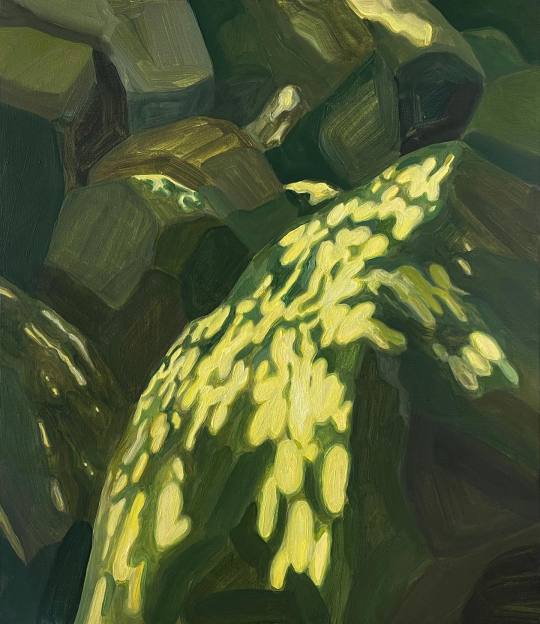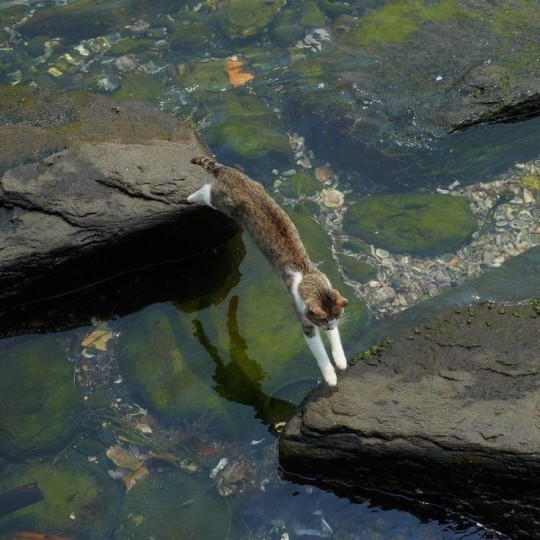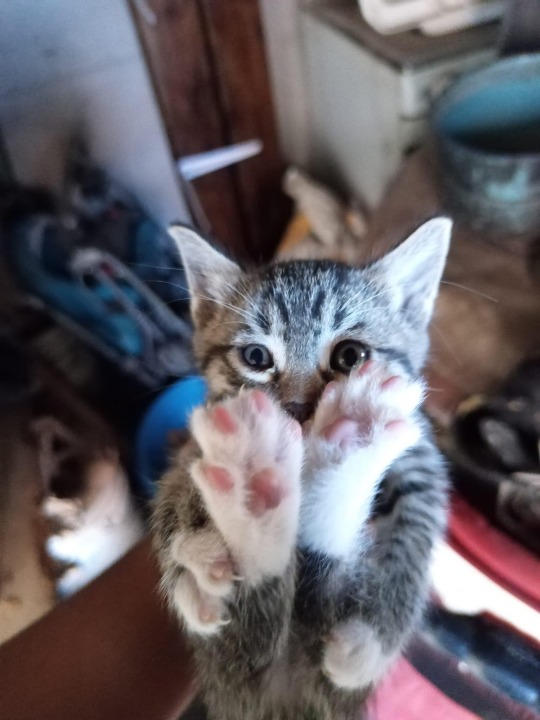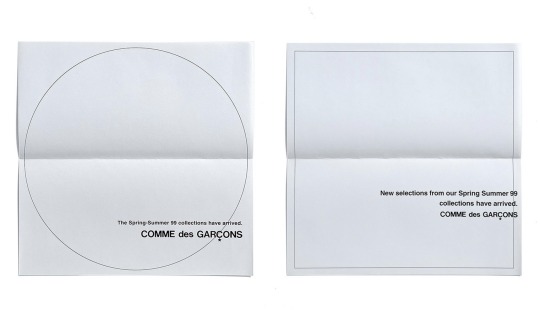Text
71K notes
·
View notes
Text
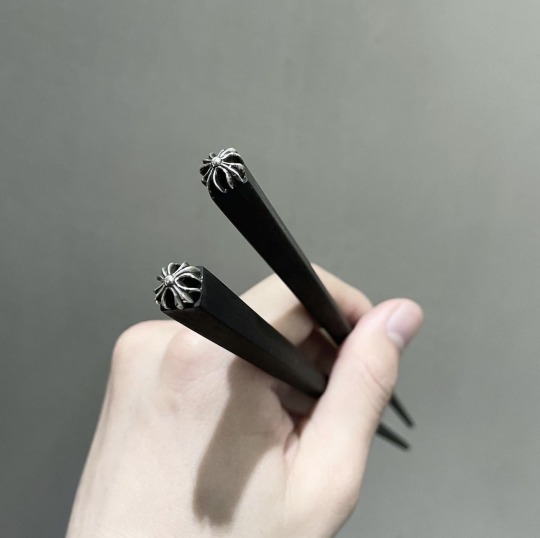

Chrome Hearts: Chopsticks (2022) crafted from ebony japanese wood & sterling silver
516 notes
·
View notes
Photo
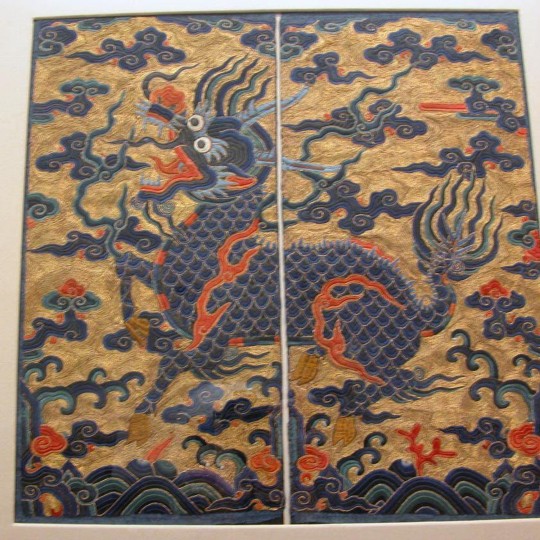
Qilin (Chinese Unicorn)
The qilin (麒麟, or simply lin 麟) is a Chinese mythical creature, frequently translated as “Chinese unicorn.” While this term may suggest a one-horned creature, the qilin is often depicted with two horns. However, like the Western unicorn, the qilin was considered pure and benevolent. A rarely seen auspicious omen, the qilin heralds virtue, future greatness, and just leadership.
Throughout history, the qilin can be found in Chinese literature, art, and accounts of day-to-day life. As one of the Four Auspicious Beasts – alongside the dragon, phoenix, and tortoise – the qilin also embodies prosperity and longevity and has a heavenly status. References to the qilin date back to ancient Chinese texts, where this revered creature is regarded as a sign of good fortune and an indicator of a virtuous ruler. Its association with the philosopher Confucius (l. c. 551 to c. 479 BCE) underscores its significance as an auspicious symbol. Qilin imagery was favoured across various Chinese dynasties, and its popularity extends across other Asian countries, including Japan, Korea, and Vietnam.
The Qilin in Classical Texts
In the classic The Book of Rites (also known as the Liji, date uncertain), the qilin is listed as one of the four intelligent creatures along with the phoenix, dragon, and tortoise, often referred to as the Four Auspicious Beasts. Each of these divine creatures symbolizes different virtues considered essential for successful and harmonious coexistence. Broadly, the dragon symbolizes power and strength, the phoenix renewal and grace, the tortoise longevity and stability, and the qilin prosperity and righteousness. Together, these beings convey a collective message of good fortune and balance.
The Classic of Mountains and Seas (the Shanhai jing, 4th century BCE), a proposed mythological geography of foreign lands, mentions several one-horned beasts, but none are specifically identified as the qilin. The earliest known reference to the qilin in ancient texts can be traced back to the Western Zhou period (1045-771 BCE), which is the first half of the Zhou dynasty, the longest-lasting dynasty in Chinese history. The qilin also appears in the Shijing, also called The Book of Odes or Classic of Poetry, said to have been compiled by Confucius in the 4th century BCE, making it the oldest extant poetry collection in China. The Shijing contains just over 300 poems and songs, with some thought to be written between c. 1000 to c. 500 BCE. The piece in question, “The Feet of the Lin”, appears at the end of the section that captures the voices of the common people. From Bernhard Kalgren’s translation, The Book of Odes (1950):
The feet of the lin! You majestic sons of the prince! Oh, the lin!
The forehead of the lin! You majestic kinsmen of the prince! Oh, the lin!
The horns of the lin! You majestic clansmen of the prince! Oh, the lin!
Here, lin refers to the qilin, and its defining physical features are likened to regal offspring and relations. Karlgren calls this “a simple hunting song, and an exclamation of joy” (7) and suggests it was originally about a real but rare animal, such as a type of deer, which became a fantastical legend later. In James Legge’s translation of the same poem, he notes that the qilin had a deer’s body, ox’s tail, horse’s hooves, a single horn, and fish scales. The qilin’s feet are not used to harm any living thing, even grass; it never butts with its head, and does not attack with its horn. As a popular and freely available translation, these notes are frequently cited and show the qilin as supremely peaceful and benevolent by choice.
In the 5th century BCE, we find the qilin, again mentioned as the lin, in The Spring and Autumn Annals, a historical record of events occurring in the state of Lu. This chronicle records that a lin was captured in the 14th year of Lord Ai’s rule, 481 BCE. Later scholars analyzed and attributed great significance to this event, as Confucius himself, the compiler of The Spring and Autumn Annals, might have done.
From James Legge’s translation of The Chinese Classics, volume V, 1872, page 832, (translator’s square brackets):
In the hunters in the west captured a lin.
Continue reading…
20 notes
·
View notes
Photo





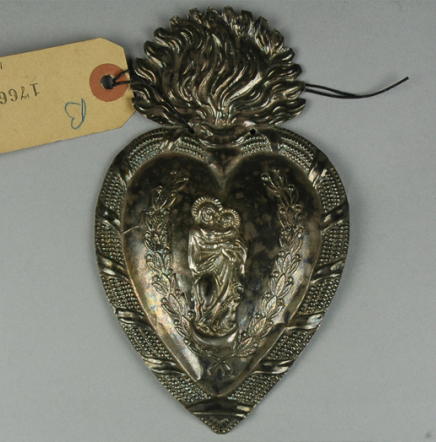


various sacred hearts (damien hirst; tim tate; antique ex-voto; 19th c. french religious card; 19th c. french reliquary; repousee antique; carved wood frame c. 1890-1920; unknown painting)
45K notes
·
View notes
Text

Caroline Trentini for Vogue US (2010) Photography: Nick Knight
855 notes
·
View notes
Text
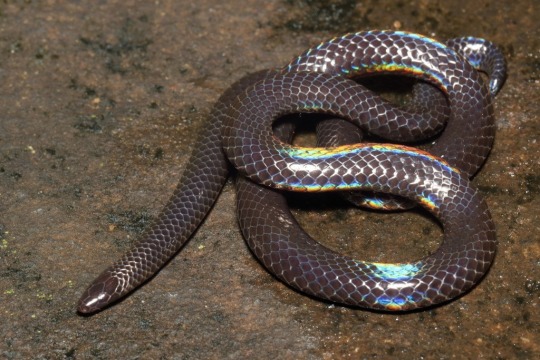

Indian Black Earth Snake (Melanophidium wynaudense), family Uropeltidae, endemic to the Western Ghats of southern India
photographs by Vivek Ram & Gowdagirishc
887 notes
·
View notes
Photo

Faig Ahmed is an Azerbaijani contemporary visual artist who is best known for his surrealist weavings which integrate visual distortions into traditional oriental rugs. Ahmed graduated from the sculpture program at the Azerbaijan State Academy of Fine Arts in Baku in 2004.
42K notes
·
View notes
Photo
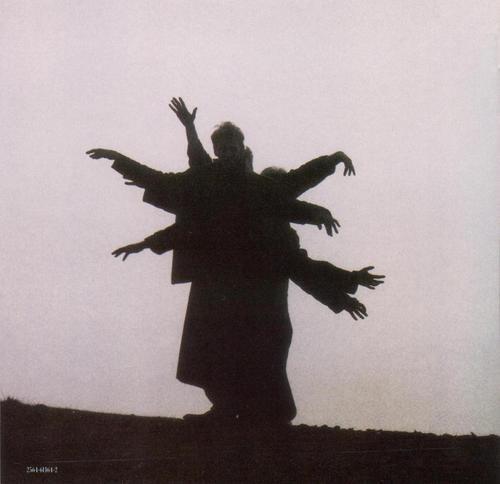
Photography by Anton Corbijn for the Echo and the Bunnymen’s album The Game
47K notes
·
View notes

